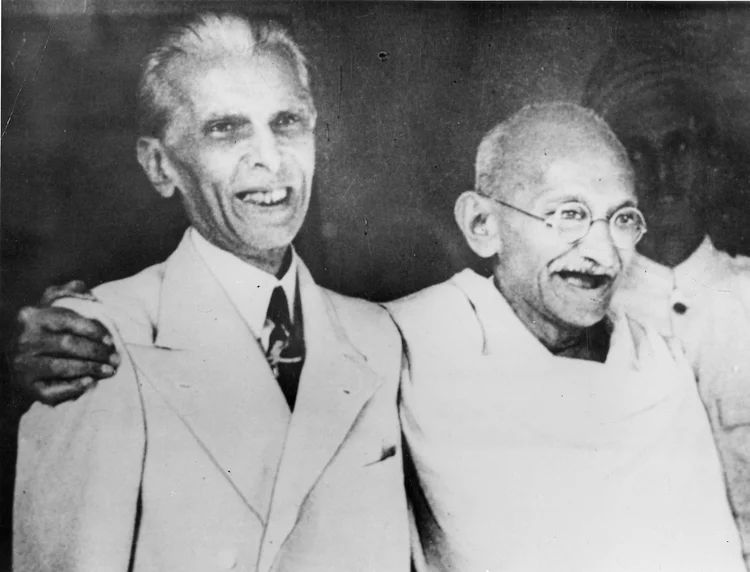Mohandas Karamchand Gandhi, the Mahatma, and Muhammad Ali Jinnah, the Quaid-e-Azam. Two towering figures of Indian independence, yet their paths diverged dramatically. Gandhi and Jinnah, understanding their contrasting personalities is crucial to comprehending the partition of British India in 1947.
The Saint vs. The Politician
Gandhi was the quintessential idealist. He embodied non-violent resistance, Satyagraha, his weapon of choice. Austere living, religious tolerance, and uplifting the poorest were his guiding principles. Jinnah, on the other hand, was a shrewd politician. A barrister by training, he believed in constitutionalism and dialogue, albeit with an undercurrent of pragmatism.
Unity vs. Separation
Gandhi envisioned a united India, free from British rule, where Hindus and Muslims co-existed peacefully. Jinnah, however, witnessed the rise of Hindu nationalism and increasing Muslim marginalization. He championed the creation of a separate Muslim homeland – Pakistan. This fundamental difference in their vision for a post-colonial India proved, Gandhi and Jinnah, irreconcilable.
Method vs. Might
Gandhi’s methods were unconventional. He led mass protests, boycotts, and hunger strikes, capturing the world’s imagination. Jinnah, the master negotiator, meticulously built a political case for Pakistan, convincing the British and the international community.
Legacy: A Nation Divided
Their contrasting personalities left an indelible mark. Gandhi’s legacy is one of non-violent resistance, inspiring countless freedom struggles worldwide. Jinnah is revered in Pakistan as the architect of their nation. Yet, the partition they couldn’t prevent led to one of the largest mass migrations in history and continues to cast a shadow on, Gandhi and Jinnah, the subcontinent.
Beyond the Binary
This is not a simplistic good vs. evil narrative. Both Gandhi and Jinnah were complex individuals who deeply loved their motherland. Gandhi perhaps underestimated the depth, Gandhi and Jinnah, of Muslim alienation, while Jinnah might have given up on Hindu-Muslim unity too soon.
From Lawyer to Legend: 05 Leadership Qualities of Jinnah, The Quaid-e-Azam
A Call for Understanding
Their clash of personalities offers valuable lessons. It highlights the importance of acknowledging diverse perspectives and the dangers of ignoring them. In today’s world, riddled, Gandhi and Jinnah, with ideological divides, understanding the complexities of Gandhi and Jinnah’s relationship serves as a cautionary tale and a call for empathy in the face of seemingly insurmountable differences.
